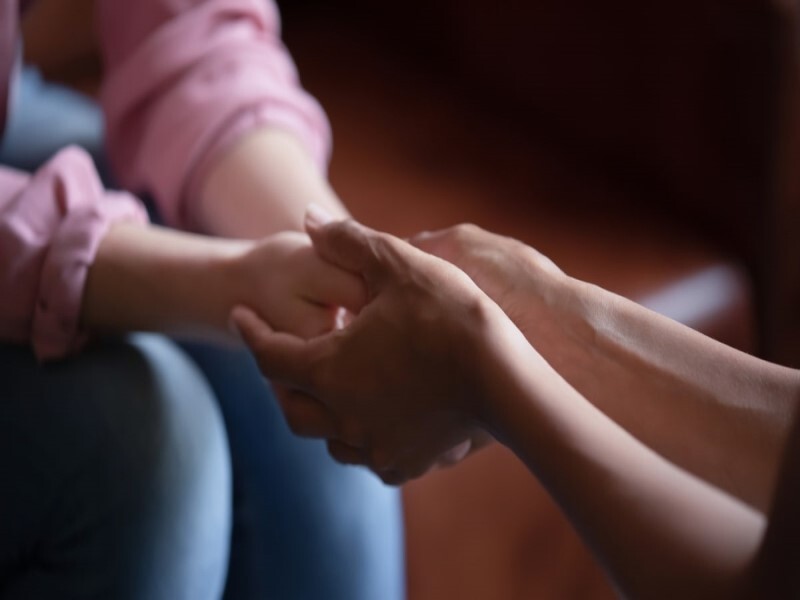Funeral Information
Creating a Meaningful Service
For centuries, funerals have helped us say goodbye. No matter what kind of funeral ceremony you are planning, it helps to understand the parts of a meaningful funeral. Each element serves a unique purpose and plays an important role. When you put the elements together, you create a ceremony deserving of the special life that was lived.
Creating a Meaningful Service
During the funeral ceremony, music helps us think about our loss and embrace our painful feelings of grief. Music is an important part of many social rituals.
- Choosing Music for the Service Consider music that was meaningful to the person who died or to your family.
- Music Services are Typically Available at the Funeral Home Most funeral homes and many churches and other places of worship have the capability to play CDs or music from iPods. Make sure to check out the quality of the sound system.
- Arranging for Live Music If you’d like to have live singers or musicians, your funeral director or clergy person can help you contact and schedule them. Most funeral homes and churches will have their own organist or pianist.

Readings help us acknowledge reality and move toward the pain of the loss.
Including readings helps those attending the funeral to acknowledge the reality of the death and to move toward the pain of the loss.
- Religious funeral ceremonies typically contain a number of standard readings from the faith’s literature.
- Both religious and secular ceremonies may also allow time for readings that represent the person who died.
- Readings can be selected that capture the unique life and philosophies of the person who died.
- It is completely appropriate to inject humor if it is a true reflection of your loved one.
Symbols say for us what we could not possibly say in words at this time.
When words are inadequate, ritual and the presence of symbols like flowers, food, candles and even the body of the person who has died, help us express our thoughts and feelings.
Examples of Symbols Include:
- Flowers Flowers represent love and beauty. Accepting flowers from friends is a way of accepting their support.
- Food Friends bring food as a way of nurturing mourners and demonstrating their support.
- Candles The flame of a candle represents the spirit. For some, it also represents life’s continuation beyond death.
- The Body Whether present in an open or unopened casket, the body of the person who has died serves as a focus for mourners and helps them acknowledge and embrace their pain.
Memories are the most precious legacy we have after someone we love dies.
Memories are the most precious legacy we have after someone we love dies. Your family can choose to provide opportunities for memory-sharing beyond the eulogy. As we all realize, not everyone feels comfortable speaking in front of a crowd. Through memories, those who have died continue to live on in us.
Be sure to talk to your funeral director about ways of sharing memories at the funeral. Some creative alternatives include:
Memory Baskets
Provide a time and place during the visitation or the funeral service where people can write down memories on paper and place them in a memory basket. Some of these memories can be read during the eulogy or tacked on a board for others to read.
Memory DVDs
Some funeral homes offer memory DVDs that incorporate visual images with music. There are a growing number of companies that can offer this service, including websites that guide you through the process of developing your own video. Ask your funeral director for details.
Memory Letters
Some friends and family members may want to write a personal letter to the person who died. These letters can then be sealed and placed in the casket or displayed near the casket for other mourners to read.
